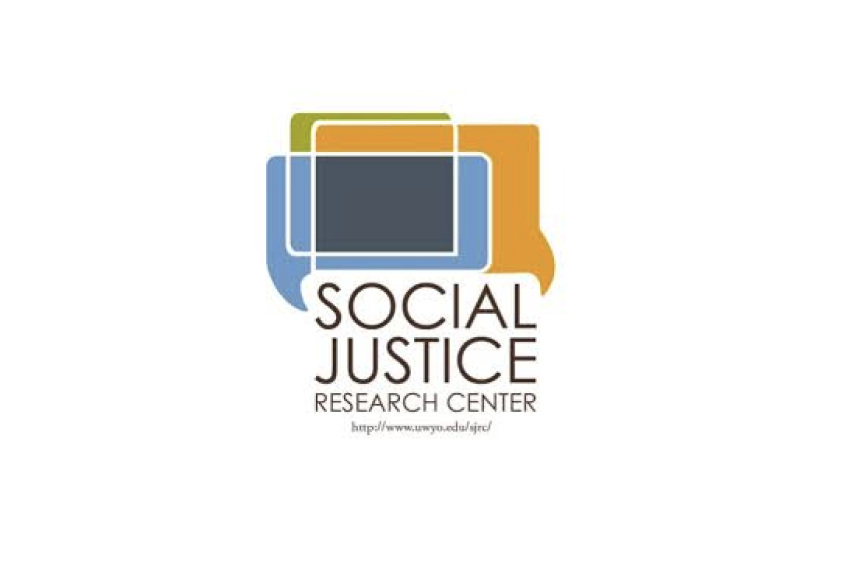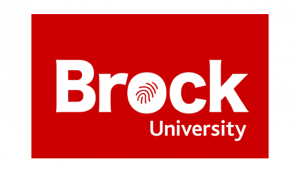This project is focused on how to better understand: the caregiving needs of Indigenous residents of the Niagara region, and the perspectives on the Standard and associated tools, as written. This case study project will consider, and provide input, on how to change or adapt the Standard so that it is culturally appropriate and useful to Indigenous community members and employers. Indigenous communities are the fastest growing population in Canada but many are disengaged from the labour market. One of the issues that we will explore in this project is how caregiving responsibilities (especially for the elderly) impact on employment potential and experiences. This project is guided by two research questions: (i) How can the Standard address and incorporate culturally diverse needs of Indigenous community members?, and; (ii) What are the perspectives of a major Indigenous employer in the region (the FENFC) on the Standard and associated tools? Through Indigenous, community-based research, we will also provide recommendations: 1) for any revisions to the Standard and associated tools; 2) to employers who would like to attract/retain Indigenous employees. Our approach to qualitative methods and knowledge making are guided by Indigenous ways of knowing and living and includes the co-creation of knowledge at all stages of the project 61. Moreover, guided by the Tri-Council Policy Statement on the Ethical Conduct for Research on First Nations, Inuit and Métis Peoples of Canada (TCPS 2, Chapter 9, Article 9:14) we aim to mentor peer researchers and to build local research capacity. Projects 5 and 6 will cross-pollinate to form a deeper understanding of the lived experiences of Indigenous population
Resources
Fort Erie Native Friendship Centre Learn More
Press Release (2021)
Expandable List
Jewell Anishinaabe, E., Doucet, A., Falk, J., & Hilston Mohawk, K. (2022). “Looking after our own is what we do”: Urban Ontario Indigenous perspectives on juggling paid work and unpaid care work for adult family members. Wellbeing, Space and Society, 3. Click here to access full article.
Partners

Fort Erie Native Friendship Centre

Social Justice Research Centre (SJRI)


